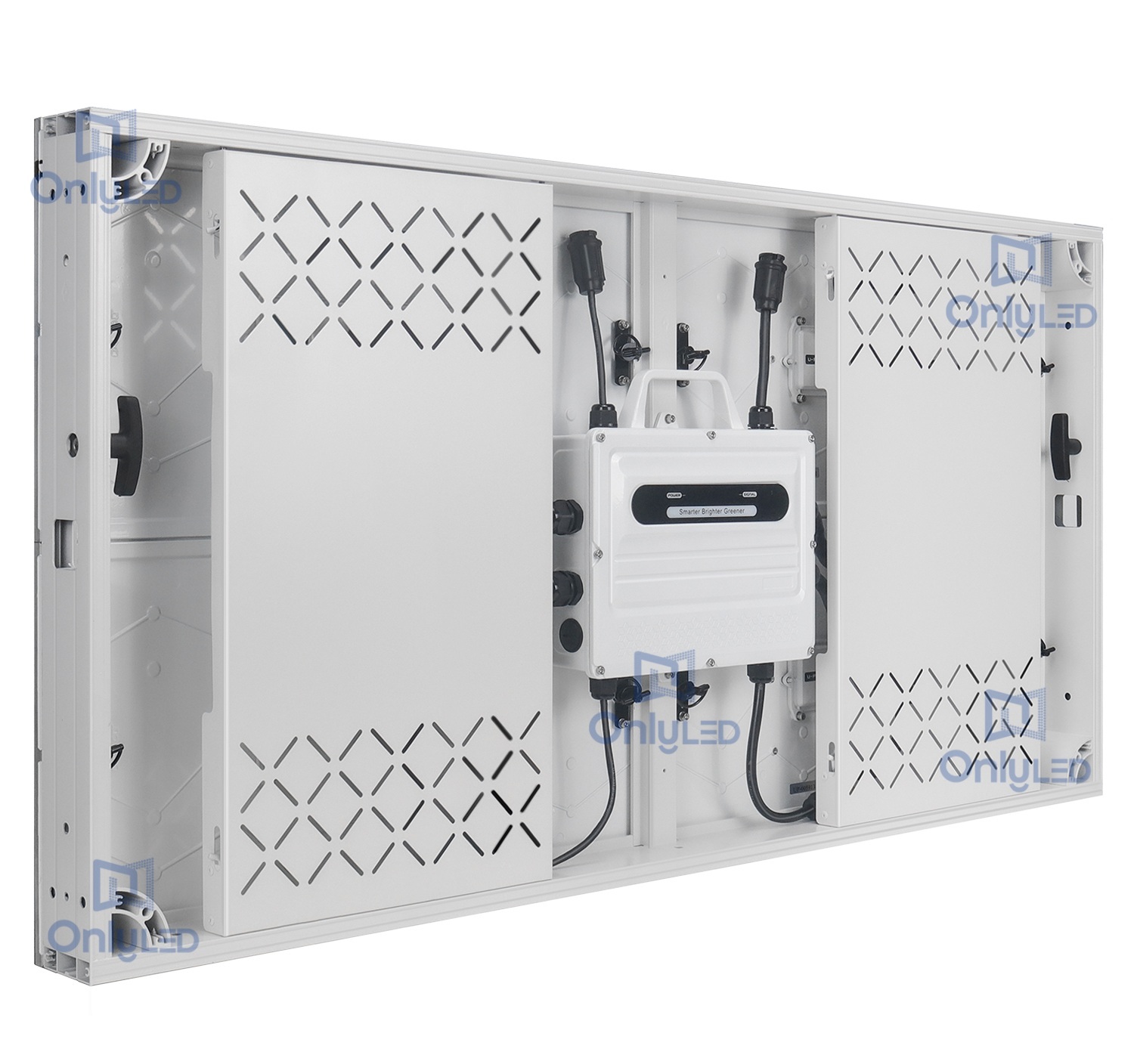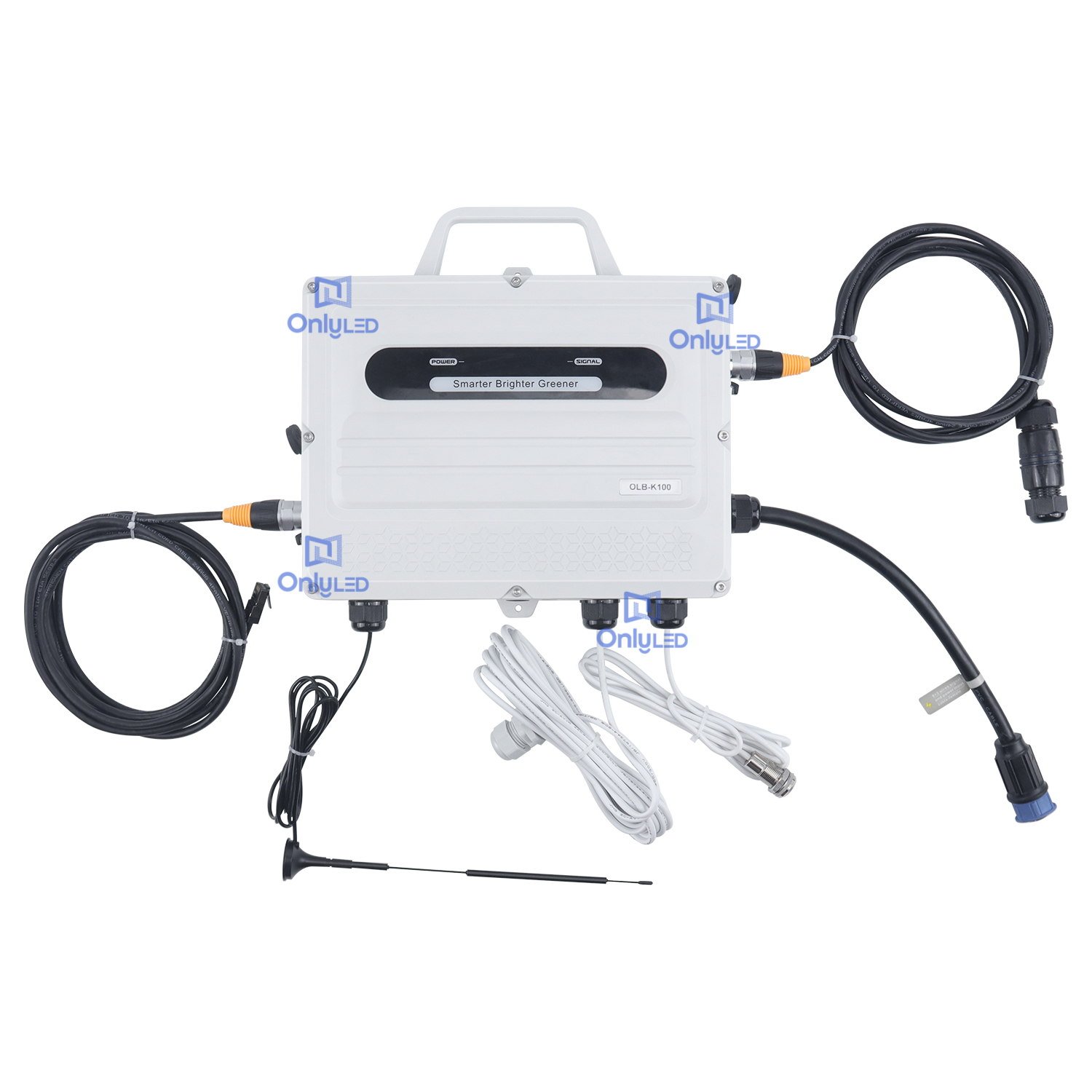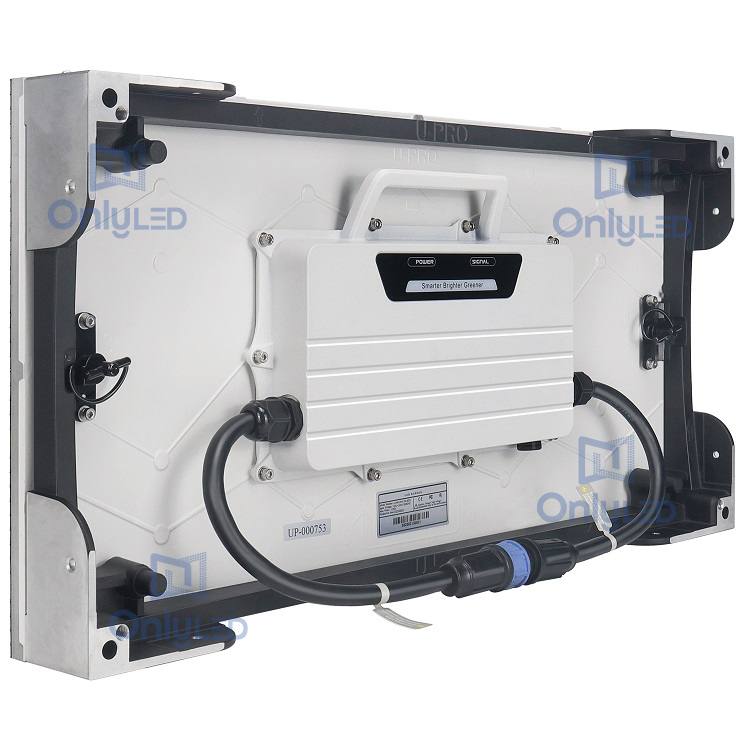Industry News
Understand the power consumption of LED displays

LED displays are increasingly popular in a variety of environments, from billboards to indoor displays. One of the main concerns that arises when considering LED displays is the amount of power they consume. In this article, ONLY LED display manufacturer will delve into the subject of LED display power consumption, exploring its impact and efficiency.
The efficiency of LED technology
Contrary to popular belief, LED displays are actually highly energy efficient when compared to traditional display technologies. The key reason behind this is the way LEDs emit light.
LED stands for light-emitting diode, a semiconductor that emits light when electric current passes through it. Unlike traditional displays that rely on backlighting, LEDs directly produce the desired color of light, minimizing energy waste.
The efficiency levels of LED displays have improved significantly over the years, with the latest models consuming even less power. In addition, LED technology allows for better control of brightness levels, allowing users to further optimize energy use.
Factors affecting LED display power consumption
While LED displays are inherently energy efficient, actual power consumption depends on several factors.
Pixel Density: LED displays with higher pixel density tend to consume more power because each pixel requires enough energy to emit light.
Brightness level: The brightness level of the LED display is an important factor affecting power consumption. Higher brightness settings require more power.
Display content: The content displayed on the LED screen also affects power consumption. Displaying dark static images or videos consumes less power than bright, dynamic content.
Strive to reduce power consumption
Manufacturers and developers of LED displays have been actively working to reduce power consumption and further improve energy efficiency.
One approach is to develop advanced power management systems that optimize energy use based on what is being displayed. These systems utilize intelligent algorithms to dynamically adjust brightness levels and reduce power consumption during low-impact visual effects.
In addition, ongoing research is focused on improving the efficiency of the LED technology itself. Continuous innovation in LED design and production processes aims to minimize power consumption while maximizing brightness and color accuracy.
All in all, LED displays do not consume a lot of power compared to traditional display technologies. Their efficiency combined with ever-advancing technology ensures that LED displays provide balanced and energy-efficient solutions for a variety of display requirements.




